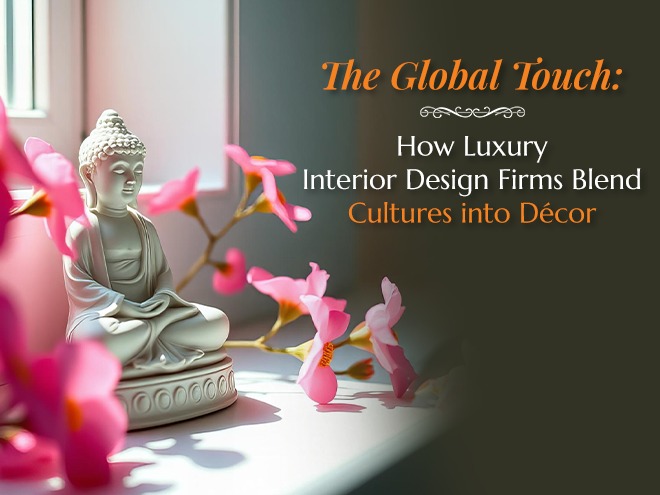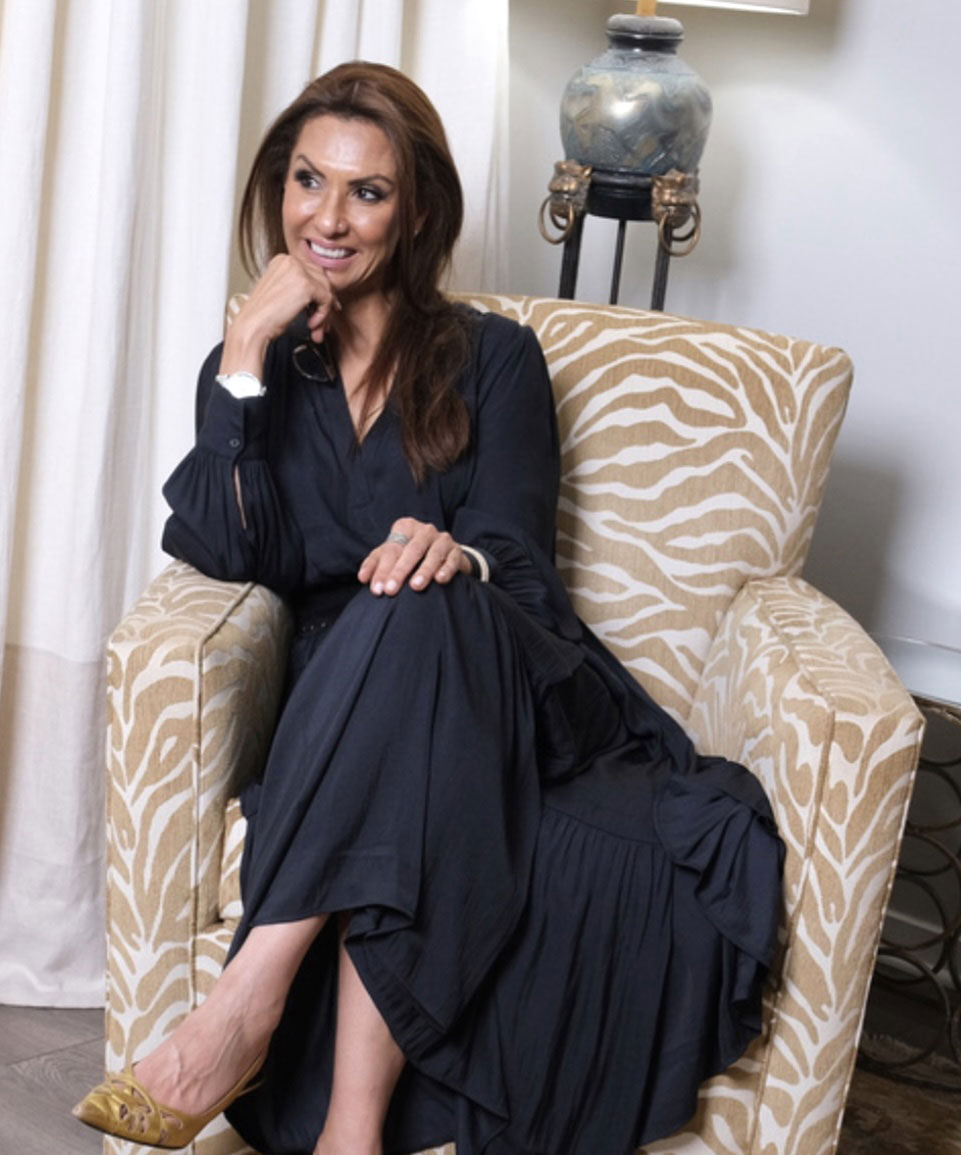The Global Touch: How Luxury Interior Design Firms Blend Cultures into Decor
In today’s design world, luxury interior design firms are no longer about creating picture-perfect spaces that look the same everywhere. Instead, they are curators of stories, emotions & cultural legacies. Homeowners now look for interiors that go beyond trends and bring in authentic touches from across the world. That’s where cultural fusion comes into play. It makes a home feel luxurious, but also soulful.
Why Cultural Fusion Matters in Luxury Interiors
Blending cultural elements in interiors is not just about aesthetics. It shapes how a space feels, functions & connects with the people living in it. In modern residential interior design, cultural details add authenticity and depth. For eg, a carved Moroccan door repurposed as a headboard, or Japanese shoji-inspired screens in a minimalist living room, don’t just add beauty, they carry centuries of tradition and craftsmanship.
There’s also a practical angle. In luxury real estate markets, buyers increasingly value provenance, i.e., the story of where a material or artifact comes from. Spaces layered with cultural details hold emotional as well as resale value. It also guarantees individuality, ensuring that no two living spaces ever feel the same.
How Luxury Design Firms Blend Cultures into Homes
Here’s where expertise really matters. Designers who understand cultural nuances know how to adapt them into modern homes without overwhelming the space. Some of the methods we use include:
- Story-Led Research – Before sourcing anything, designers dive into a client’s life story, for eg, travel memories, family heirlooms, or favorite destinations. These become the foundation for the design moodboard
- Authentic Sourcing and Provenance – Good luxury interior design firms don’t rely on mass-produced “ethnic” replicas. They build networks with artisans, fair-trade groups & antique dealers to ensure authenticity. Provenance is crucial because it gives every piece credibility and meaning
- Anchoring and Translation – Instead of filling a room with random cultural symbols, designers anchor the space in a neutral base like natural stone or wood and translate a cultural motif through selective accents. This might be a Persian rug balanced with modern furniture, or an Indian handloom drape paired with Scandinavian clean lines
- Textile and Technique Layering – Textiles carry culture like no other. Ikat, block prints, kilims, or mud-cloths, when layered with modern upholstery, bring a tactile richness. The trick is restraint: two or three key patterns combined with solids work better than overcrowding
- Spatial Planning and Rituals – Cultural integration is also about how people live. In many traditions, the arrangement of seating, dining, or gathering areas is tied to rituals of family bonding, hospitality, or reflection. Designers draw inspiration from these practices, shaping layouts that respect cultural values while ensuring comfort and functionality for modern living
- Respectful Minimalism – Cultural blending is also a lot about respect. Designers know how to highlight one or two hero pieces while keeping everything else calm. This ensures the space feels global yet liveable
Why Choose Avantte for Global-Inspired Luxury
Blending cultures into interiors is about understanding the meaning behind every element. At Avantte Interiors, we see every project as an opportunity to craft a space that reflects your personality while drawing inspiration from the world’s most timeless traditions. Our team combines deep knowledge of design principles with years of experience, ensuring that your home feels luxurious, authentic & uniquely yours.
As a leading luxury interior designer NJ, we pride ourselves on blending global influences seamlessly into homes, making each project distinctive, functional & reflective of the homeowner’s unique style. With Avantte, your space becomes a narrative of elegance, culture, and comfort.
FAQs
- How do I make sure cultural pieces in my home are authentic?
Work with designers who source directly from artisans or trusted dealers and provide provenance for statement pieces.
- Can cultural fusion work in small homes?
Yes, even a single textile, artwork, or lighting element can bring cultural character without overcrowding the space.
- Is cultural blending expensive?
Not necessarily. Designers can balance investment pieces with affordable accents, making cultural interiors accessible at different budgets.


